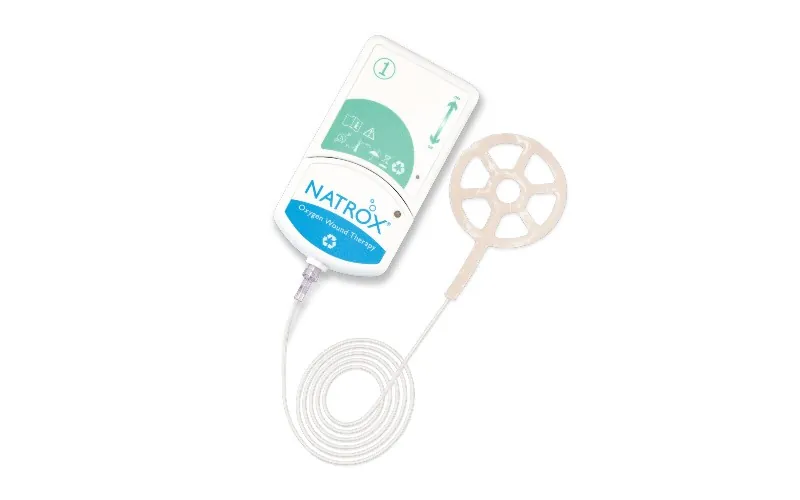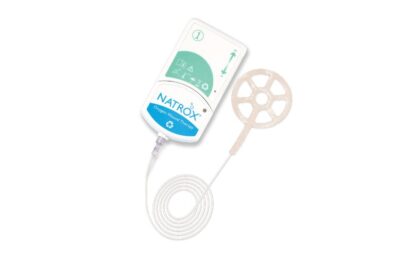An innovative medical device which supports wound healing with oxygen has launched in South Korea.
The NATROX® O₂ topical oxygen therapy device, developed by Cambridge University spinout Inotec AMD, is expanding worldwide after “5 years of prep work”. It topped our MedTech 50 ranking this year.
Now the Korean Ministry of Food & Drug Safety (MFDS) has granted approval to ship and sell its product into the country. Its distribution partner in South Korea is KOVE Inc.
“We’re thrilled to introduce NATROX® O₂ to the South Korean market together with our new partner, KOVE,” said Craig Kennedy, CEO of NATROX® Wound Care.
“This marks a significant milestone in our journey to revolutionise wound care on a global scale. We’re confident NATROX® O₂ will be a game-changer for wound care in the country.”
https://businesscloud.co.uk/medtech-50-uks-most-innovative-medical-technology-creators/
The device, which is smaller than an iPhone, uses oxygen to stimulate healing. Designed to help heal chronic wounds, it generates and delivers continuous topical oxygen therapy (cTOT) to patients while being non-invasive and comfortable.
Also available on the NHS, the lightweight wearable NATROX® O₂ device gives patients complete freedom of movement, allowing them to get back to their normal lives while treating their hard-to-heal wounds.
“Partnering with KOVE is a pivotal step in our Korean strategy. Their belief in NATROX® O₂ and their commitment to improving patient outcomes align perfectly with our mission, and we’re excited to embark on this transformative journey together,” said Lamine Guendil, general manager of Asia at NATROX® Wound Care.
A recent clinical study showed that patients experienced a 71% greater chance of healing and a 73% greater reduction in wound size when using the therapy.
Inotec – NATROX® O₂ device heals wounds with humidified oxygen
Non-healing wounds pose an economic and social burden for individuals, families, and healthcare systems across the world. It is predicted that figures will rise as the elderly and diabetic populations increase.
The percentage of the population aged 65 and older in South Korea has steeply increased from 3.8% in 1980 to 12.7% in 2016, and is estimated to reach 24.3% in 2030. The International Diabetes Federation estimates that the diabetic population in South Korea will also increase to nearly 11% by 2030, adding to the demand on medical resources.
Studies show that diabetics carry a 15-25% risk of developing a diabetic foot ulcer (DFU) in their lifetime. DFUs are the major cause of nontraumatic amputation and have a strong correlation with increased morbidity and mortality.
NATROX® Wound Care recently expanded its on-demand video series which explains how to use the device. You can access them here or watch on YouTube.
Scientists aim to replace animal testing with human gut model


